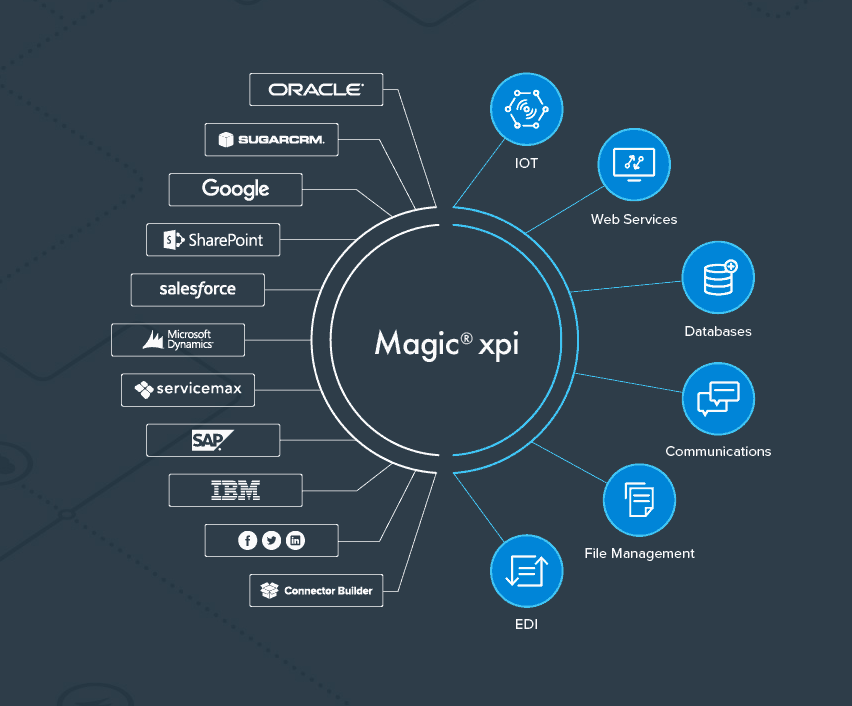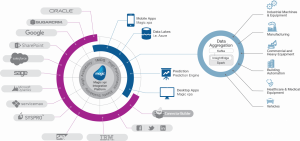Digitally Transforming E-Commerce Customer Engagement

Enabling excellent e-commerce experiences is a top priority for many companies. This is true more now than ever since B2B e-commerce sales are expected to outgrow their B2C counterparts, reaching 12 trillion USD in sales by 2020.
Digitally transforming e-commerce engagement is now possible in part due to new mobile, cloud and big data technologies. But leveraging these new innovations to improve customer service is highly dependent on the seamless sharing of the product, order, and customer data throughout the entire customer journey. Here are some differentiating e-commerce customer experiences that rely on server system integrations.
Self-Service Order Tracking
Today customers want the real-time status of their orders, and they want to access this information when it’s convenient for them without having to call a customer service call centre. Customers can monitor the status of their order online from the receipt of the purchase requisition to product delivery, only if data flows through several systems, which may include e-commerce, payment processing, CRM, raw material handling, assembly and logistics systems.
Omni-Channel Purchases
Some purchasing agents prefer to buy online rather than depend on personal relationships with sales representatives. ERP and e-commerce systems need to be tightly integrated to enable customers to track orders regardless of where they were placed.
Personalised E-Commerce Services
Customers want the convenience of customer-specific catalogues and pricing. In recent research, More than half (54 per cent) of B2B buyers cited personalised recommendations across interactions when asked which capabilities they’d most like B2B suppliers to offer. Personalization was second only to “price and product transparency” as the top factors influencing repurchase. This capability requires CRM, ERP, and e-commerce integrations.
Mobile Price Quotes
Real-time inventory and pricing data made available to sales and customers online provides for well-informed purchasing decisions and a shortened sales cycle. ERP, e-commerce and sometimes manufacturing systems need to be fully integrated to report accurate inventories and product pricing in real-time.
Mobile Ordering Apps
There are solutions that offer a mobile order writing component for sales reps on desktop and mobile devices, including the ability to receive customers’ electronic signatures. Orders placed online and in-person are synced to ERP systems to enable both types of orders to be tracked from receipt to fulfilment.
Better Customer Qualification
Salespeople need access to more customer data to better qualify their customers, most of it collected by marketing in the awareness and consideration phases. Integrated data sharing between the sales CRM and the marketing software provides a single view of the customer that marketing and sales teams can share. Sales can benefit from more detailed customer information through data received from e-commerce systems and data management platforms.
A recent SAS survey revealed that although companies have made progress in linking back-end processes with front-end services or interfaces, data from these processes are not highly integrated or delivered in real-time.
One problem is that custom integrations typically cost more than US$1 million upfront and require several full-time IT employees to ensure they run correctly, according to a report from Nucleus Research. Integration platforms can dramatically lower the cost of these connections providing a much more favourable return on investment for development costs.
A data-driven customer journey can be a competitive differentiator but seamless data integration is a must to create excellent differentiating customer experiences
Originally posted by Magic Software – http://blog.magicsoftware.com/2017/06/digitally-transforming-e-commerce.html






